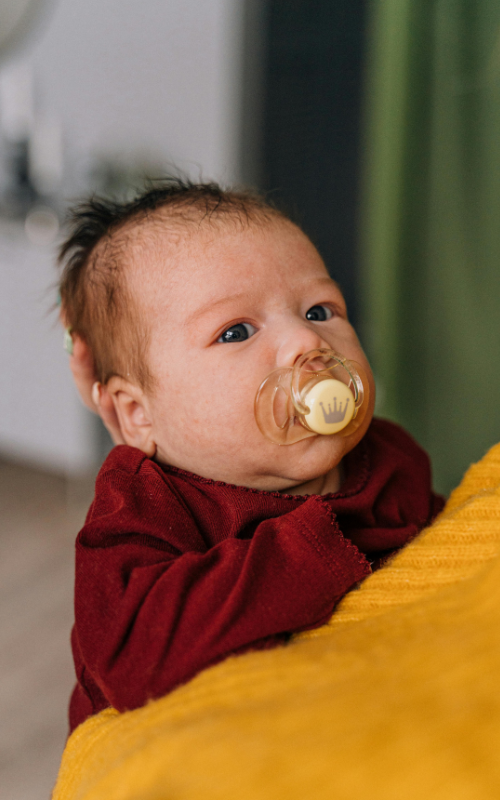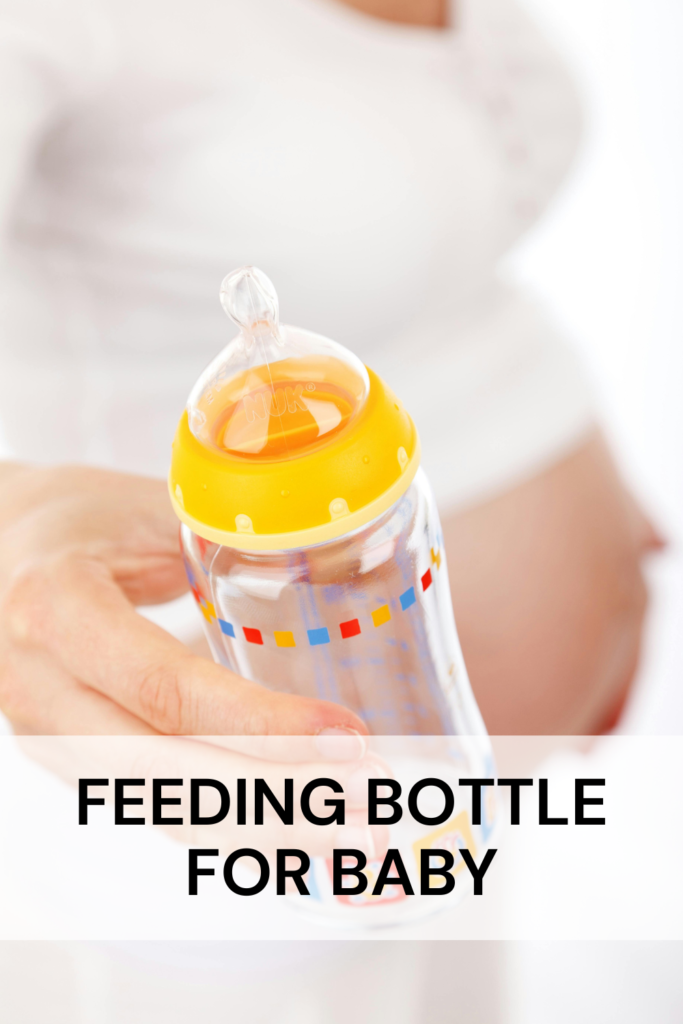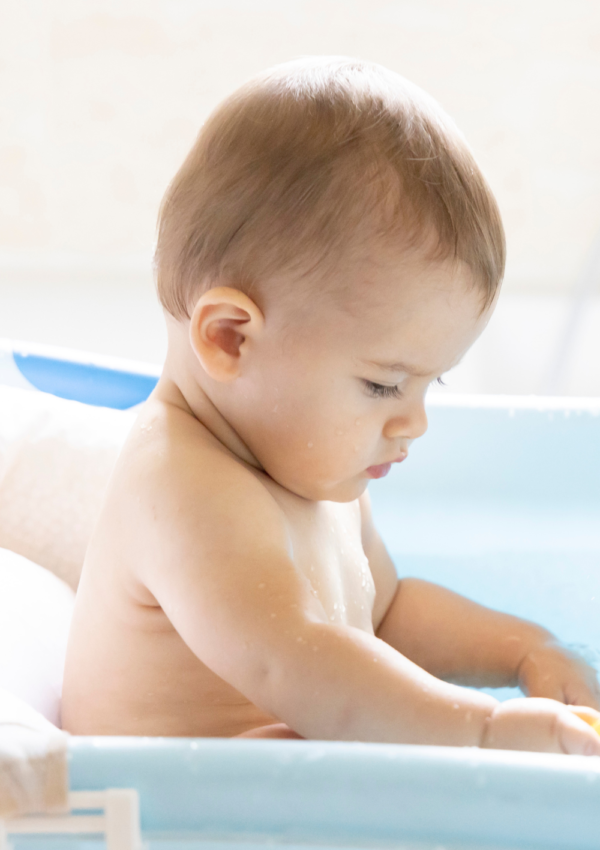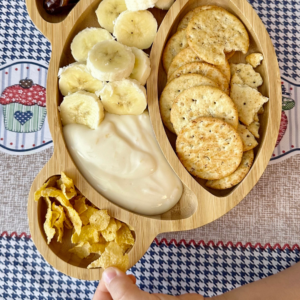Are you looking for the best feeding bottle for your baby? This post is for you.
DISCLOSURE This post may contain affiliate links, meaning if you decide to make a purchase via my links, I will earn a commission at no extra cost to you. As an Amazon Associate I earn from qualifying purchases. Thank you for your support.
As a new parent, you have countless decisions to make regarding your baby’s care – and one of the biggest is whether to breastfeed, formula feed, or use a combination of both. If you’ve chosen to bottle feed your little one, either exclusively or occasionally, you’re in the right place. In this post, we’ll dive into the art of bottle feeding, covering everything from choosing the right bottles to establishing a positive feeding routine.
You might also like to read our post about Should We Be Giving Baby Cold Formula? Exploring a Common Feeding Debate and Feeding Baby with Hiccups: What Every Parent Needs to Know.
The Benefits of Bottle Feeding
While breastfeeding is often touted as the “gold standard” for infant nutrition, bottle feeding also has its own advantages:
- Allowing others to share in the feeding experience
- Providing more flexibility for the feeding schedule
- Ensuring your baby gets the proper nutrition if you’re unable to breastfeed
- Allowing you to monitor your baby’s intake more precisely
Remember, there’s no one-size-fits-all approach to infant feeding. The most important thing is that your baby is fed and nourished, whether that’s through breastmilk, formula, or a combination of both.
Choosing the Right Bottle and Nipple
When it comes to bottle feeding, the choice of bottle and nipple can make a big difference in your baby’s comfort and feeding experience. Here are some tips to consider:
- Bottle material: Look for bottles made of glass, BPA-free plastic, or stainless steel. Avoid bottles with narrow necks, as they can be difficult to clean.
- Nipple shape: Some babies prefer a more anatomical nipple shape that mimics the breast, while others do better with a more rounded nipple. Experiment to see what your baby likes best.
- Nipple flow rate: Newborns typically need a slower flow rate to prevent choking and gas. As your baby grows, you can gradually transition to a faster flow.
- Vent system: Bottles with built-in vent systems can help reduce air intake and colic.
Remember, your baby may have a preference, so be prepared to try a few different options before finding the perfect fit.
Tommee Tippee Natural Start Anti-Colic BPA Free Baby Bottles and Dr. Brown’s Natural Flow® Anti-Colic Bottles are some great options out there that have worked really well with babies because they are BPA free, anti-colic, have a slow flow breast-like nipple, and are narrow bottles.

Establishing a Feeding Routine
Creating a consistent feeding routine can help your baby feel secure and promote healthy eating habits. Here are some tips:
- Feed on demand: Offer the bottle whenever your baby shows signs of hunger, such as sucking on their fingers or making sucking noises.
- Watch for hunger cues: Learn to recognize the early signs of hunger, like lip-smacking or rooting, to avoid waiting until your baby is crying.
- Stick to a schedule: Try to feed your baby at roughly the same times each day to establish a routine. Newborns typically need to eat every 2-3 hours.
- Avoid distractions: Find a quiet, comfortable place to feed your baby, free from TV, phones, or other potential distractions.
- Pace the feeding: Slow the flow of milk by taking breaks and allowing your baby to pause and breathe. This can help prevent overfeeding.
- Burp frequently: Take breaks to burp your baby during and after feedings to reduce discomfort from gas.
Remember, every baby is different, so be flexible and adjust the routine as needed to meet your little one’s unique needs.

Bottle Feeding Technique
Proper bottle feeding technique is essential for your baby’s comfort and to ensure they’re getting the nutrition they need. Follow these steps:
- Prepare the bottle: Ensure the bottle, nipple, and any other equipment are clean and sterilized. Fill the bottle with the appropriate amount of formula or breastmilk.
- Hold your baby: Cradle your baby in a semi-upright position, supporting their head and neck. Avoid laying your baby flat, as this can increase the risk of ear infections and choking.
- Tilt the bottle: Keep the bottle tilted so the nipple is always filled with milk, preventing your baby from swallowing air.
- Watch for cues: Pay attention to your baby’s cues, such as sucking rhythm, facial expressions, and body language. Adjust the bottle’s tilt or flow rate if your baby seems uncomfortable.
- Burp frequently: Take breaks to burp your baby every 2-3 ounces to release any trapped air.
- Finish the feeding: Continue feeding until your baby shows signs of being full, such as slowing down his/her sucking, falling asleep, or releasing the nipple.
Consistency and attentiveness are key to ensuring a positive bottle feeding experience for both you and your baby.

Bottle Feeding Challenges and Solutions
Even with the best intentions, bottle feeding can sometimes present challenges. Here are a few common issues and how to address them:
- Fussiness or refusal to take the bottle: This could be due to nipple confusion, flow rate issues, or simply your baby’s preference. Try different bottle types, hold your baby in a different position, or offer the bottle when your baby is calm and alert.
- Spit-up or gas: Slow the flow rate, burp your baby more frequently, and ensure you’re holding them in an upright position during and after feedings.
- Overfeeding: Watch for signs of fullness, such as slowing down or refusing the bottle. Pace the feeding and respect your baby’s cues.
- Milk supply concerns: If you’re supplementing breastfeeding with formula, work closely with a lactation consultant to maintain your milk supply.
Remember, every baby is unique, and it may take some trial and error to find the right bottle feeding approach for your little one.

Bottle Feeding and Breastfeeding: Making it Work Together
If you are combining breastfeeding and bottle feeding, it’s important to establish a balanced routine that supports both. Here are some tips:
- Introduce the bottle after breastfeeding is well-established, usually around 4-6 weeks.
- Offer the bottle when your baby is calm and not overly hungry to avoid nipple confusion.
- Pump and store breastmilk to use for bottle feedings, if possible.
- Alternate between breast and bottle feedings to maintain your milk supply.
- Watch for signs of breast milk oversupply or undersupply and adjust as needed.
With patience and careful planning, you can successfully incorporate both breastfeeding and bottle feeding into your baby’s routine.

Celebrating the Bottle Feeding Journey
Bottle feeding, whether exclusively or in combination with breastfeeding, is a beautiful and meaningful way to nourish your baby. Embrace the special bonding moments, celebrate your baby’s growth, and don’t hesitate to seek support when needed.
Remember, there’s no one-size-fits-all approach to infant feeding. Trust your instincts, stay flexible, and enjoy this precious time with your little one. Bottle feeding can be a rewarding experience for both you and your baby.

Conclusion
This post was all about a feeding bottle for baby. Bottle feeding, whether exclusively or in combination with breastfeeding, is a beautiful and meaningful way to nourish your baby. Embrace the special bonding moments, celebrate your baby’s growth, and don’t hesitate to seek support when needed. Remember, there’s no one-size-fits-all approach to infant feeding.
Regarding which bottle is the best, you can always start with the ones that have the best reviews on Amazon or Target, and see if your baby likes them too. The examples me mentioned on this post are some of the most loved bottles in the market right now.
Trust your instincts, stay flexible, and enjoy this precious time with your little one. Bottle feeding can be a rewarding experience for both you and your baby. So take a deep breath, relax, and savor each feed – you’re doing an amazing job nourishing your child and creating lasting memories. Cheers to you, bottle-feeding warrior parent!







Leave a Reply